Handling Concurrency in Python
asyncio vs. threading vs. multiprocessing
Prefer to listen?
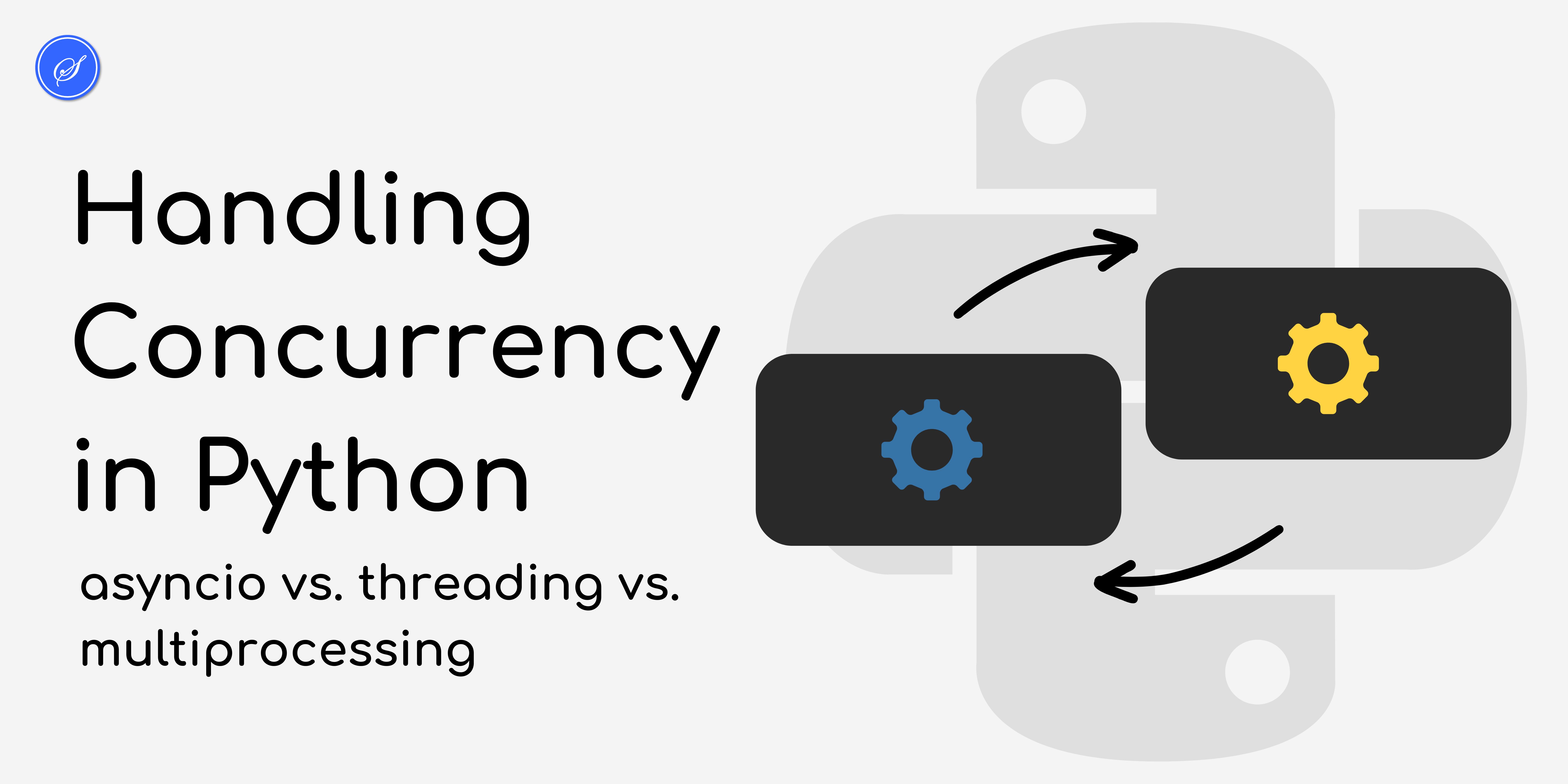
Concurrency is a critical aspect of modern programming, enabling applications to perform multiple tasks simultaneously. In Python, there are several ways to handle concurrency, each with its own strengths and use cases. Let us explore three primary approaches: asyncio, threading, and multiprocessing.
Understanding Concurrency
Concurrency involves managing multiple tasks at once, which can improve performance and responsiveness. It's essential in scenarios like web servers handling multiple requests or applications processing large datasets. Python provides various tools to achieve concurrency, each suited to different types of tasks.
1. asyncio
asyncio is a library to write concurrent code using the async/await syntax. It's designed for IO-bound and high-level structured network code. asyncio provides a way to handle multiple IO operations concurrently within a single thread.
Key Features:
- Asynchronous I/O: Efficiently handles tasks involving network operations, file I/O, or any other IO-bound processes.
- Event Loop: Central to asyncio, it runs asynchronous tasks and callbacks.
Example:
import asyncio
async def fetch_data():
print("Start fetching data...")
await asyncio.sleep(2) # Simulate IO-bound operation
print("Data fetched")
return "Data"
async def main():
result = await fetch_data()
print(result)
asyncio.run(main())
In this example, asyncio.sleep(2) simulates an IO-bound task that takes 2 seconds to complete. The fetch_data function runs concurrently within a single thread, allowing the event loop to manage other tasks during the sleep period.
Pros:
- Ideal for IO-bound tasks.
- Lower memory usage compared to threading and multiprocessing.
- No need for locks to prevent data races.
Cons:
- Not suitable for CPU-bound tasks.
- Requires understanding of async/await syntax and event loops.
2. threading
The threading module is a higher-level way to run tasks concurrently using threads. It's suitable for IO-bound tasks but can also be used for CPU-bound tasks with limitations due to Python's Global Interpreter Lock (GIL).
Key Features:
- Threads: Lightweight, can run multiple threads within a single process.
- Shared Memory: Threads share the same memory space, which can lead to data races if not managed correctly.
Example:
import threading
import time
def fetch_data():
print("Start fetching data...")
time.sleep(2) # Simulate IO-bound operation
print("Data fetched")
thread = threading.Thread(target=fetch_data)
thread.start()
thread.join() # Wait for the thread to finish
In this example, a separate thread is created to run the fetch_data function. The join() method ensures that the main program waits for the thread to complete before continuing.
Pros:
- Suitable for both IO-bound and lightweight CPU-bound tasks.
- Easier to understand and implement compared to asyncio.
Cons:
- GIL limits true parallelism for CPU-bound tasks.
- Potential for data races and deadlocks, requiring careful management of shared resources.
3. multiprocessing
The multiprocessing module bypasses the GIL by using separate processes, each with its own Python interpreter. This approach is suitable for CPU-bound tasks that need to run in parallel.
Key Features:
- Processes: Each process has its own memory space.
- True Parallelism: Achieved by running tasks in separate processes.
Example:
from multiprocessing import Process
import time
def fetch_data():
print("Start fetching data...")
time.sleep(2) # Simulate CPU-bound operation
print("Data fetched")
process = Process(target=fetch_data)
process.start()
process.join() # Wait for the process to finish
In this example, a separate process is created to run the fetch_data function. The join() method ensures that the main program waits for the process to complete before continuing.
Pros:
- True parallelism for CPU-bound tasks.
- No GIL limitations.
Cons:
- Higher memory usage due to separate processes. Inter-process communication (IPC) can be complex and slower compared to shared memory in threads.
Choosing the Right Approach
The choice between asyncio, threading, and multiprocessing depends on the nature of the tasks and the requirements of your application:
- Use asyncio for IO-bound tasks that involve network operations, file I/O, or tasks that can benefit from non-blocking operations within a single thread.
- Use threading for IO-bound tasks where simplicity and shared memory are beneficial, and for lightweight CPU-bound tasks that don't require true parallelism.
- Use multiprocessing for CPU-bound tasks that need true parallelism and can benefit from separate processes with their own memory space.
Handling concurrency in Python requires understanding the strengths and limitations of each approach. asyncio is excellent for IO-bound tasks with minimal resource usage, threading offers a straightforward way to run concurrent tasks with shared memory, and multiprocessing provides true parallelism for CPU-bound tasks. By choosing the appropriate method, you can optimise the performance and efficiency of your applications.
FAQs about Handling Concurrency in Python
What is the main difference between asyncio and threading in Python?
asyncio uses an event loop to handle asynchronous IO-bound tasks within a single thread, whereas threading runs concurrent tasks using multiple threads that share the same memory space. asyncio is more efficient for IO-bound tasks, while threading is simpler to implement for both IO-bound and lightweight CPU-bound tasks.
Why is multiprocessing preferred over threading for CPU-bound tasks?
multiprocessing creates separate processes, each with its own Python interpreter and memory space, which allows true parallelism and bypasses the Global Interpreter Lock (GIL). This makes it more suitable for CPU-bound tasks that require full utilisation of multiple CPU cores.
How does the Global Interpreter Lock (GIL) affect concurrency in Python?
The GIL is a mutex that protects access to Python objects, preventing multiple native threads from executing Python bytecode simultaneously. This limits true parallelism in CPU-bound tasks when using threading, making multiprocessing a better option for such tasks.
Can asyncio be used for CPU-bound tasks?
asyncio is not designed for CPU-bound tasks as it runs on a single thread and relies on non-blocking operations for efficiency. For CPU-bound tasks, multiprocessing is a better choice as it allows tasks to run in parallel processes.
What are some common pitfalls when using threading in Python?
Common pitfalls include data races, deadlocks, and increased complexity in managing shared resources. Proper synchronisation mechanisms, like locks, are required to prevent these issues, which can add to the complexity of the code.
Comments
Another important consideration when dealing with concurrency in Python is debugging. Tools like faulthandler for threading and asyncio’s built-in debugging support can help catch subtle issues in concurrent programs. Also, when combining concurrency models, like threading with asyncio, it’s crucial to carefully manage the event loop to avoid conflicts. For CPU-intensive tasks, exploring libraries like joblib for parallelization could also complement the standard multiprocessing module. Have any other contributions? Comment them here.

Enterprise Software and
Cloud Services for Your Business
Custom Web Applications, SaaS MVPs, Admin Dashboards, API Integrations, DevOps & Deployment, Ongoing Maintenance & Support.
What's in the newsletter?

Battle-Tested Tips for Debugging Django and React Apps
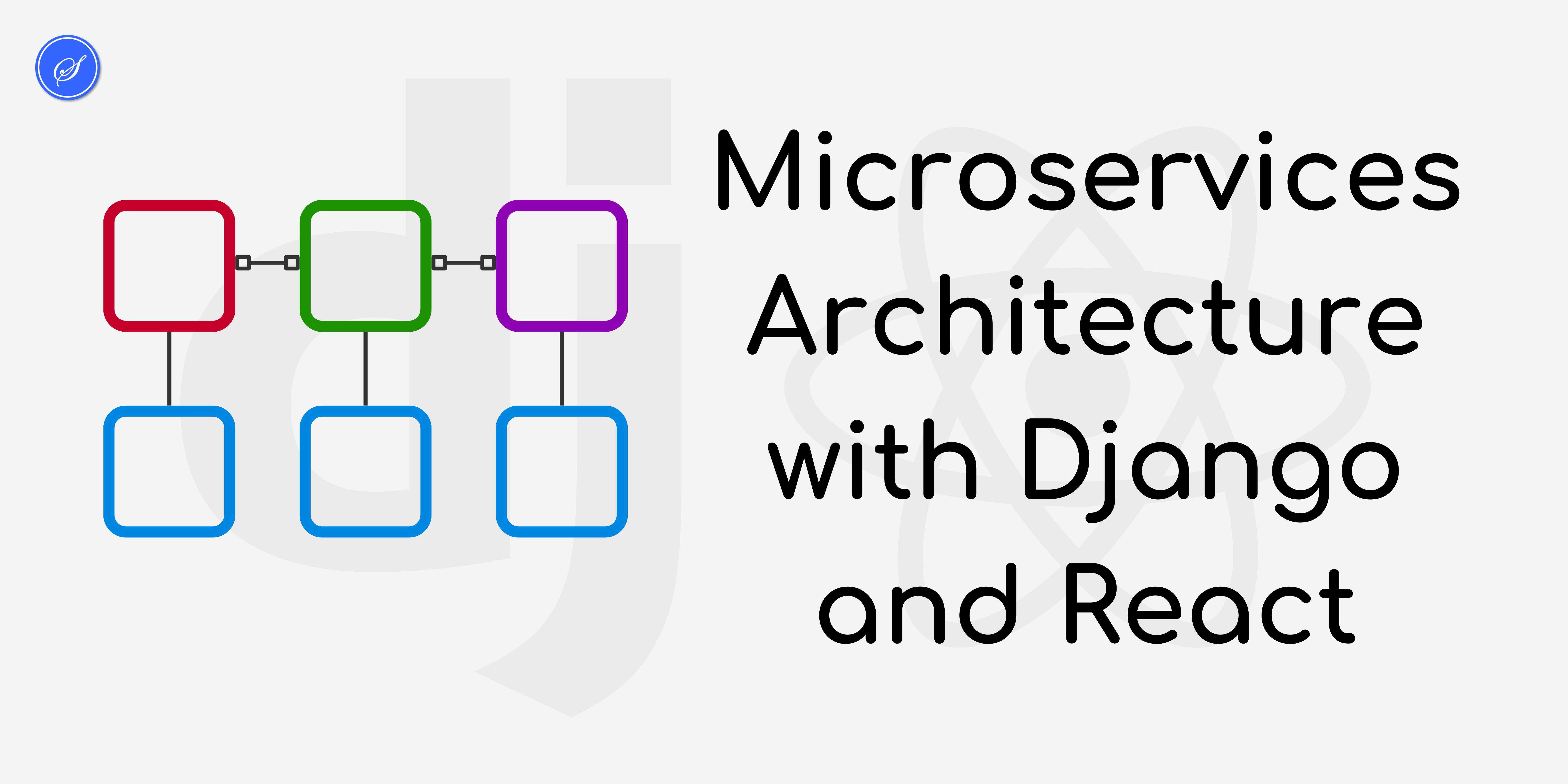
Microservices Architecture with Django and React
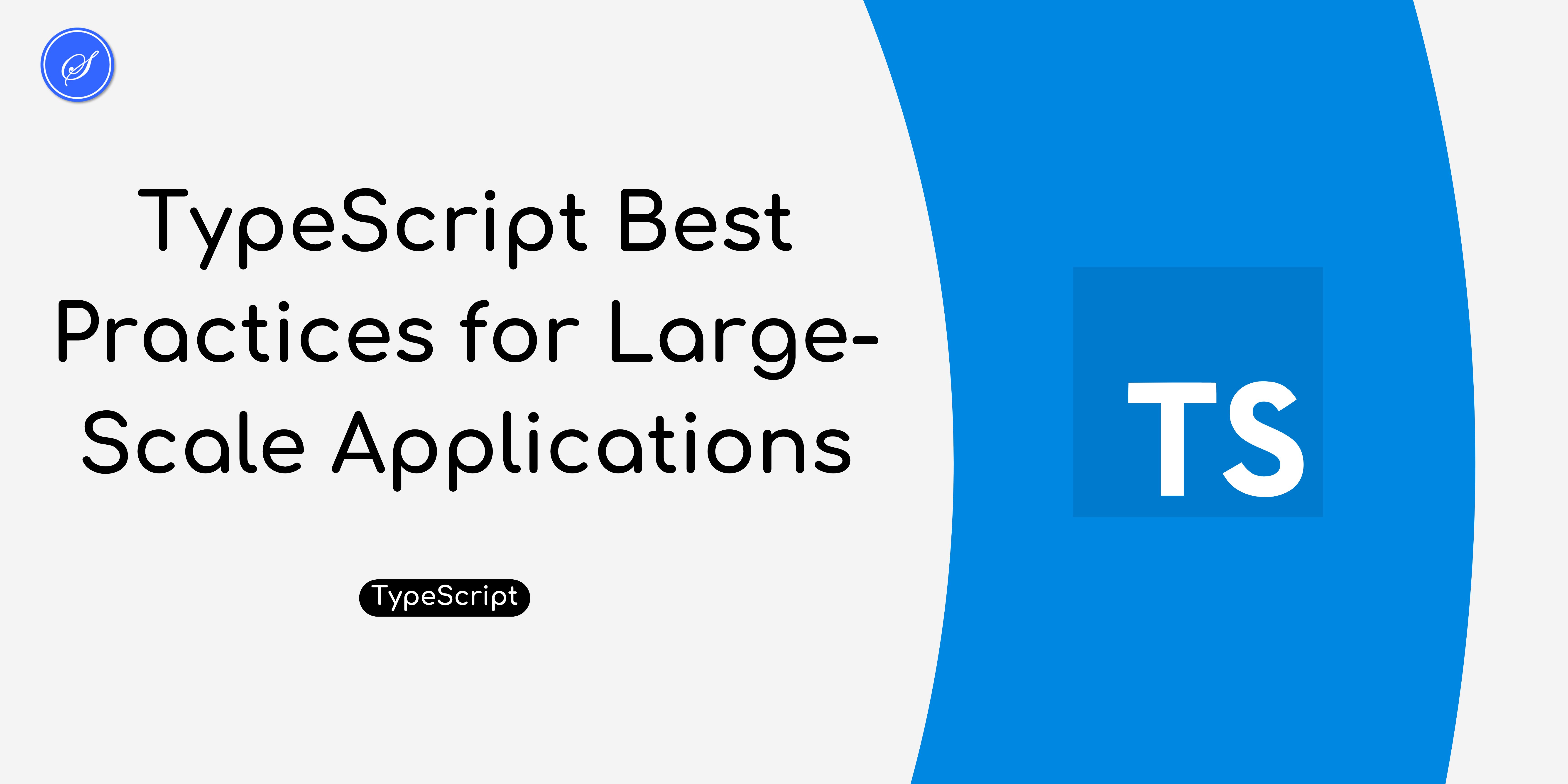
TypeScript Best Practices for Large-Scale Applications

Top 10 Software Engineering Trends to Watch in 2025
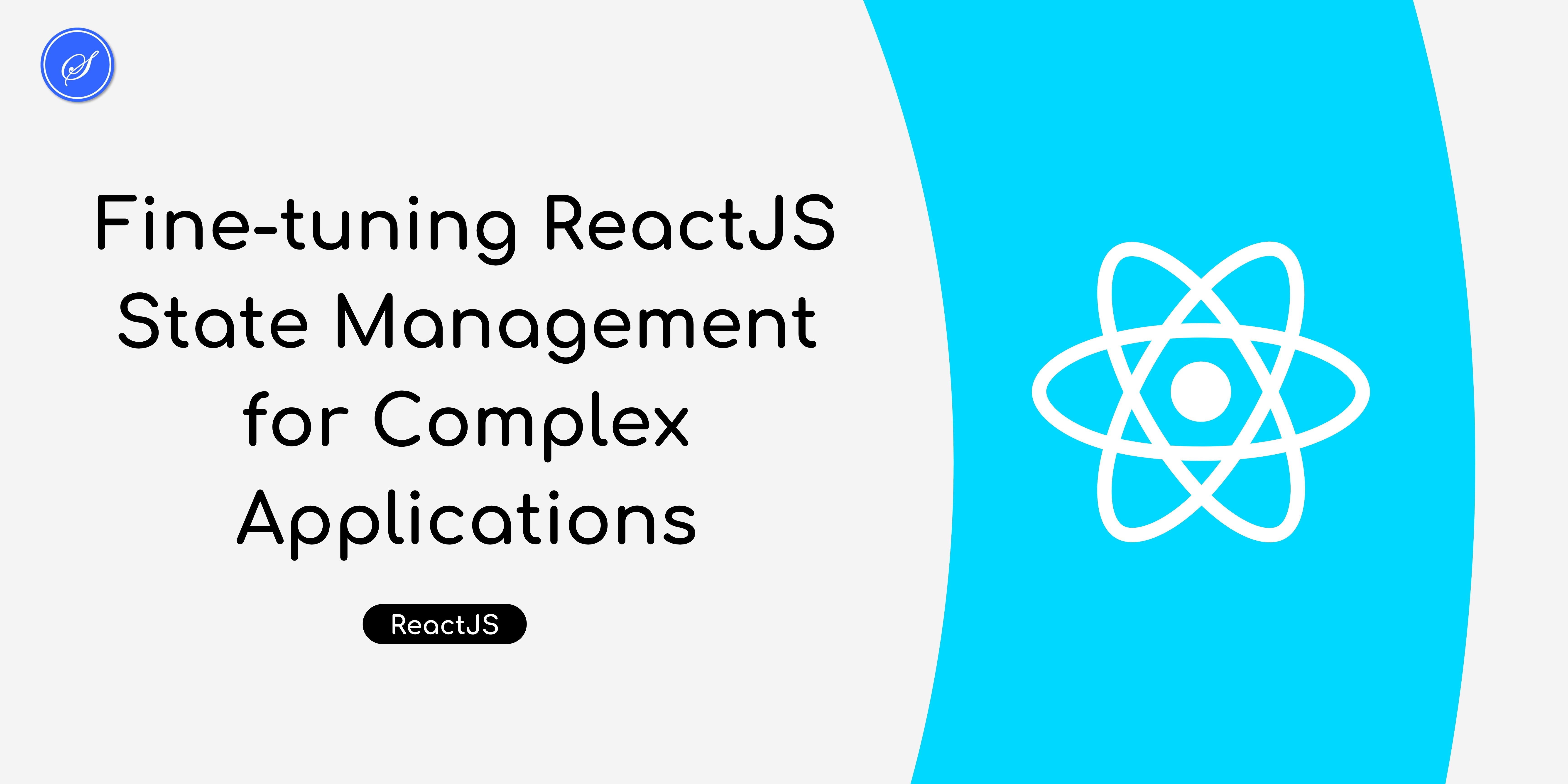
Fine-tuning ReactJS State Management for Complex Applications

Advanced Query Techniques in Django's ORM

Key Takeaways from Google IO 2024
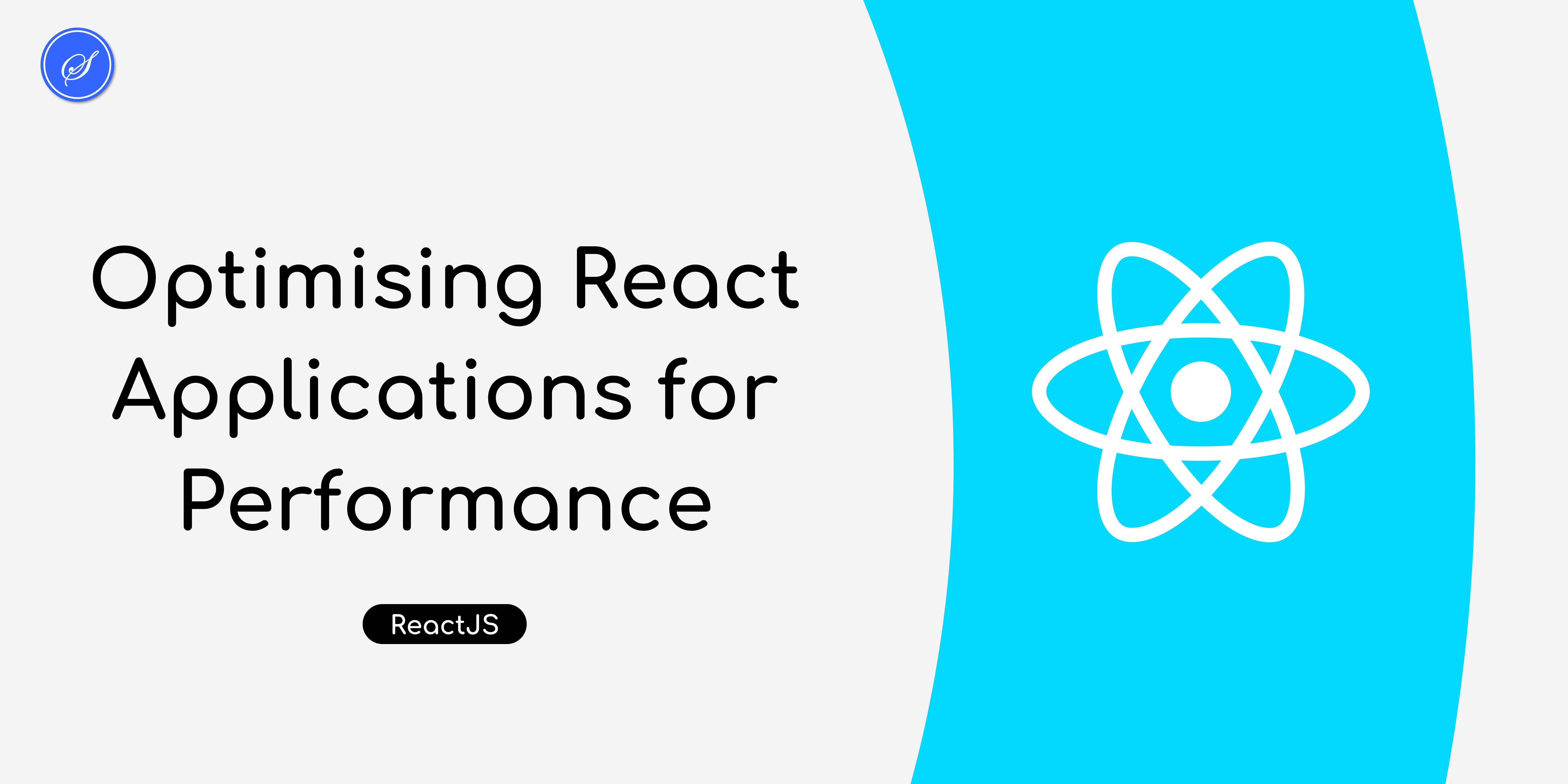
Optimising React Applications for Performance

Design Patterns in Modern JavaScript and TypeScript

Implementing SEO Best Practices in Django for Better Google Ranking

Advanced Testing Techniques in Django
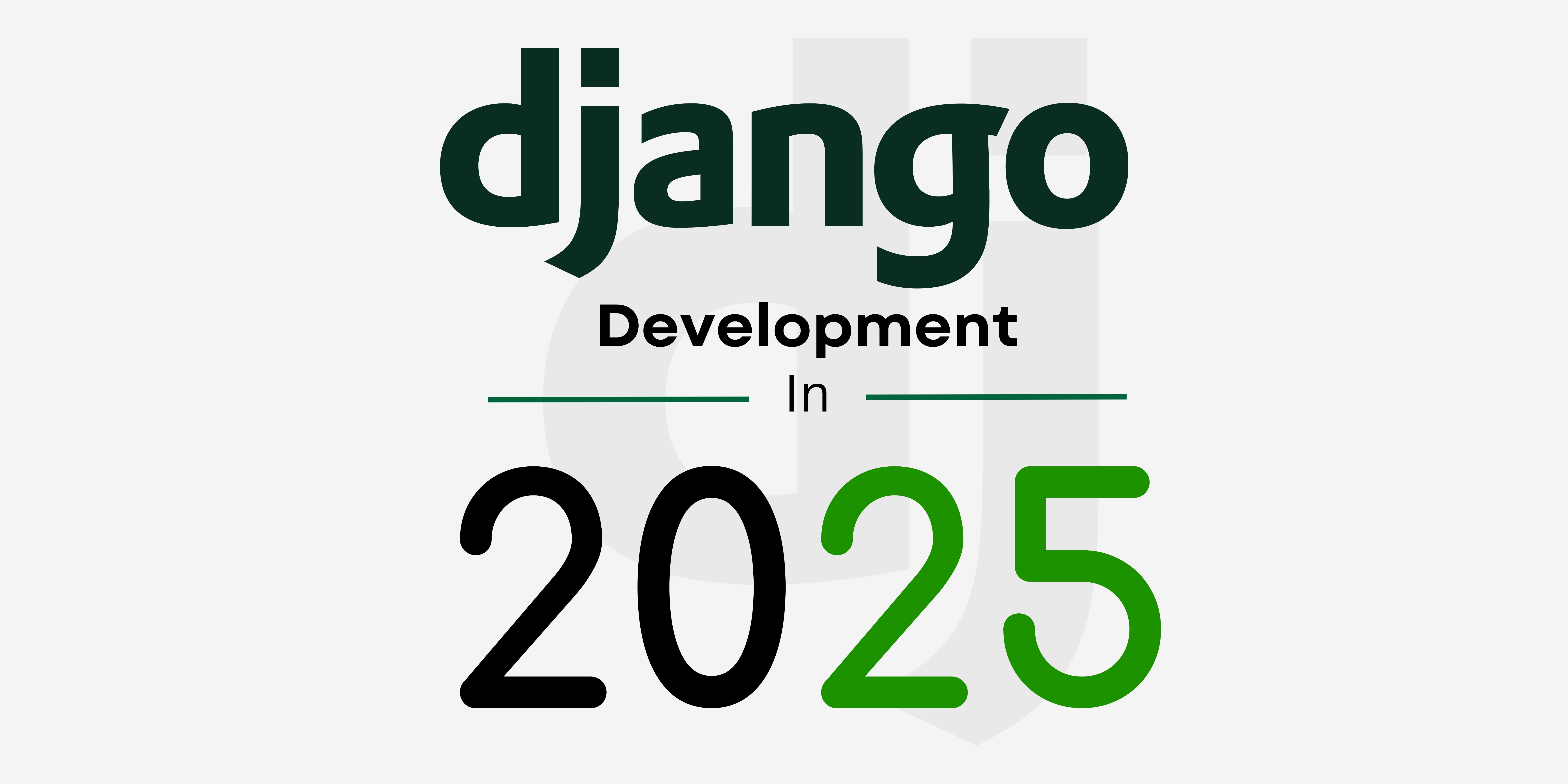
Django Development in 2025

Building Serverless Django Applications

Implementing Powerful Search in Django

